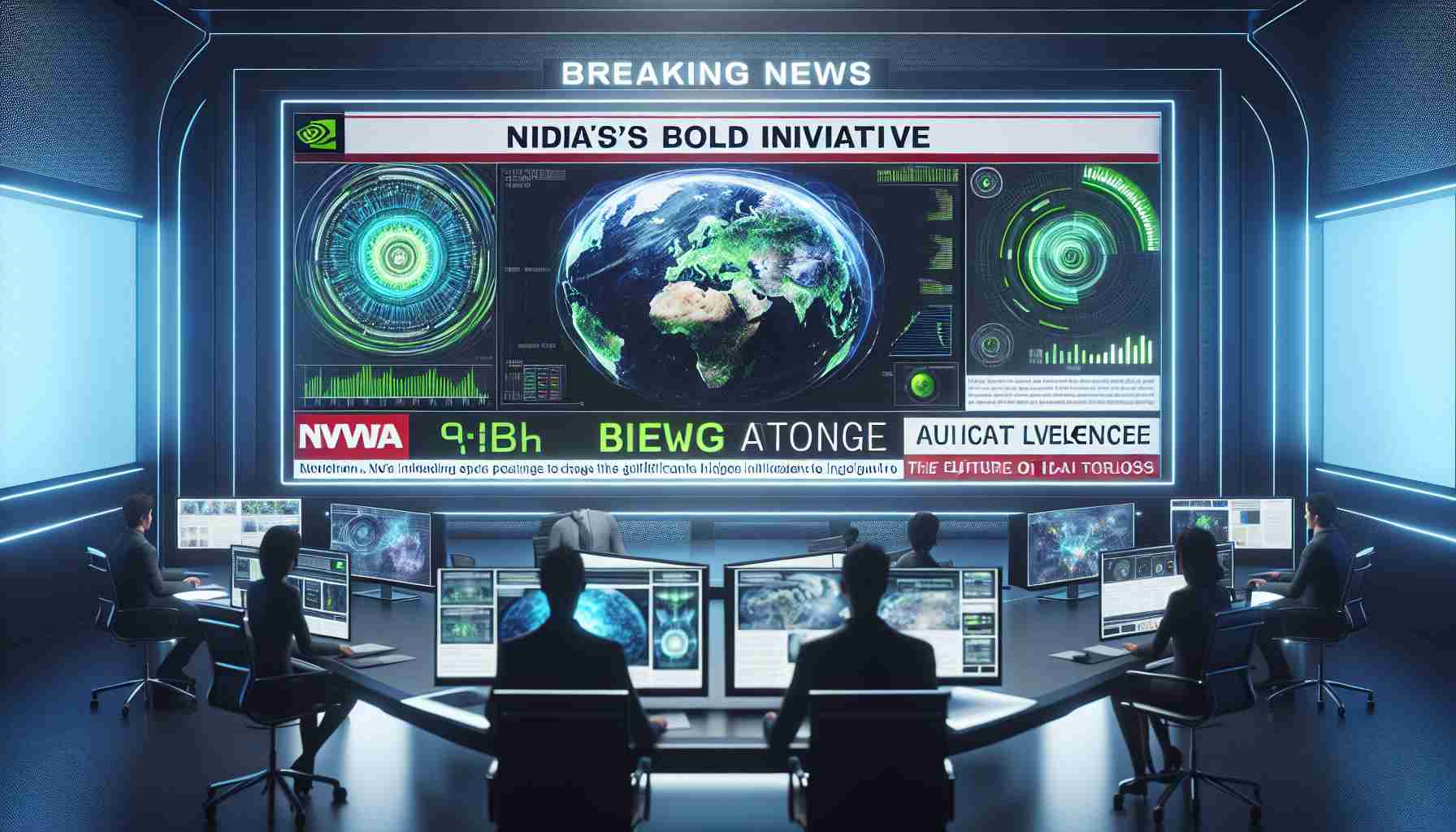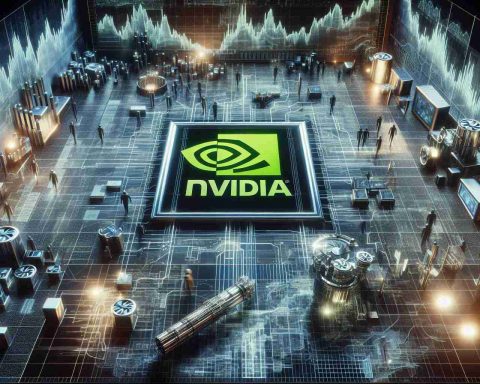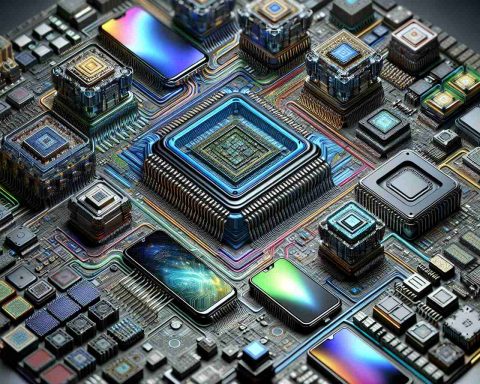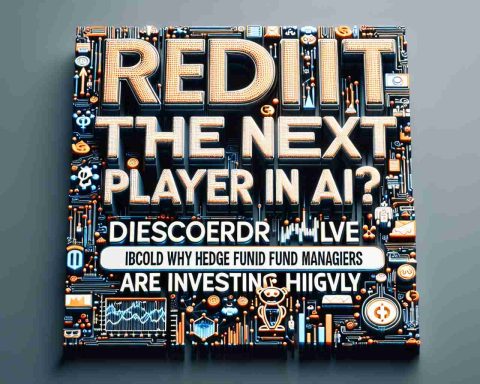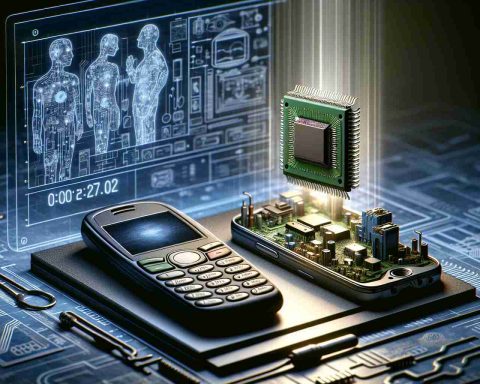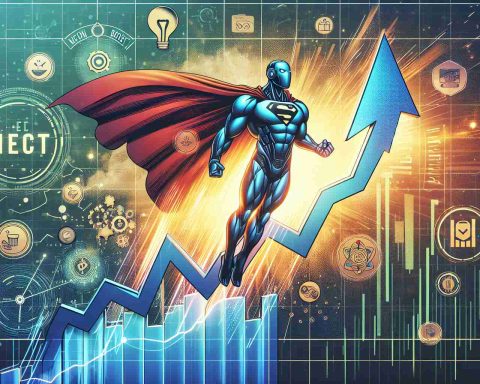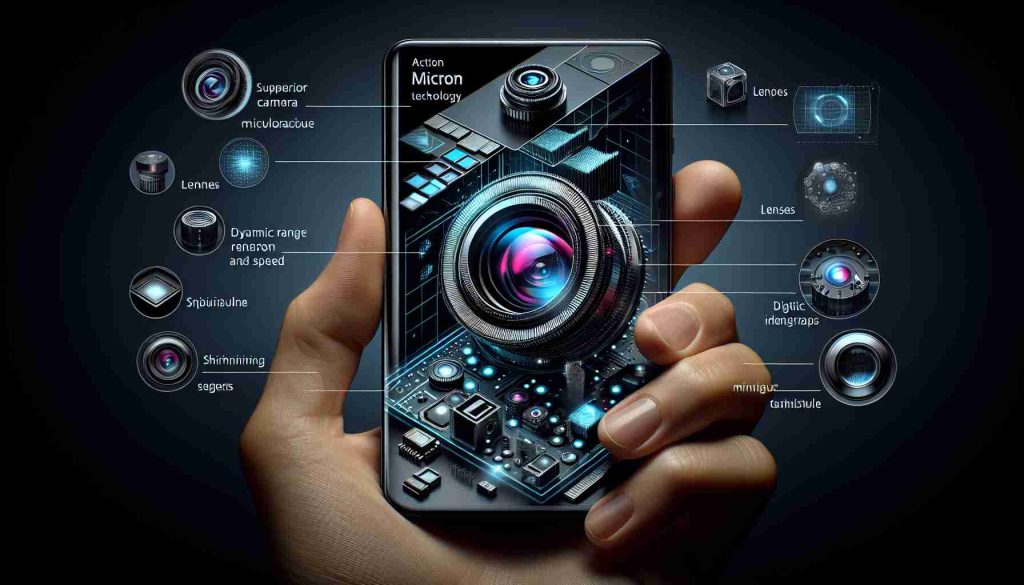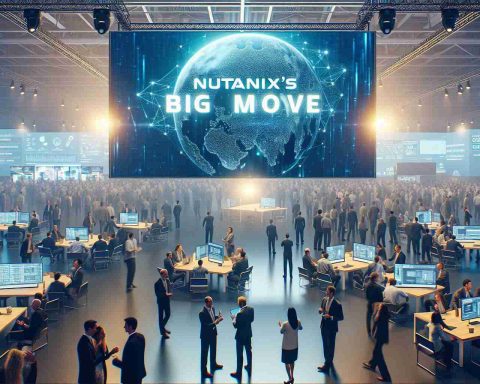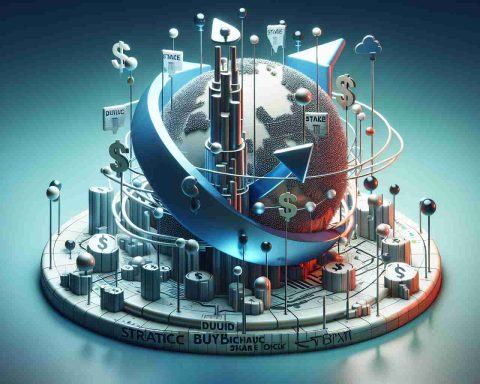Nvidia has once again astonished the tech world with its stellar financial performance, reporting record-breaking sales of $35.1 billion for the fiscal quarter ending October 27. This comes after the company had initially guided investors to expect around $32.5 billion in revenue, showcasing the ongoing boom in artificial intelligence (AI) investments.
However, the real excitement lies beyond impressive numbers. Nvidia’s CEO, Jensen Huang, not only expressed optimism about the company’s future prospects during their earnings call but also made groundbreaking announcements that have investors buzzing. Addressing manufacturing concerns for their latest Blackwell AI architecture, Huang revealed that production is exceeding expected estimates, indicating robust demand.
A significant revelation occurred at a recent AI summit in Japan, where Huang shared the stage with SoftBank’s CEO Masayoshi Son. There, Huang unveiled a monumental partnership with SoftBank aimed at establishing Japan’s largest AI infrastructure. Nvidia’s DGX platform will underpin this ambitious project, which seeks to transform SoftBank’s telecommunications network into a cutting-edge AI-enabled system across 200,000 sites in Japan.
This venture will feature an “AI store,” making sophisticated AI applications accessible to 55 million SoftBank users, thereby creating an extensive AI grid throughout Japan. Huang described the initiative as “completely revolutionary,” emphasizing its unique transformation of telecommunications into an AI network.
Nvidia’s strategic initiatives highlight the vast potential of enterprise AI, spanning industries from telecommunications to autonomous systems. The company’s continual innovation and expansion of AI capabilities solidify its role as a leader in the tech world, making it a compelling choice for any forward-thinking investor aiming to capture tomorrow’s gains today.
The AI Revolution: How Nvidia’s Innovations Are Shaping Global Futures
A New Dawn in AI-Powered Telecommunications and Beyond
While the tech sphere buzzes with excitement over Nvidia’s robust financial performance and strategic partnership with SoftBank to overhaul Japan’s telecom network, several under-the-radar impacts deserve a spotlight. Aided by Nvidia’s innovations, the ripple effects on communities and nations may shift paradigms in ways yet unexplored.
A Shift in Job Landscapes and Economic Models
The introduction of vast AI networks poses questions about how AI will reshape the job market. Traditional roles in telecommunications, for example, may evolve or in some cases, become obsolete. However, this shift might pave the way for new job categories focused on AI system management, development, and security.
The transformation could stimulate local economies as new industries and opportunities emerge around these AI systems. This proactive reshaping of sectors underscores the pressing need for education systems to adapt, ensuring that future workforces are AI-savvy.
Balancing Privacy with Progress
With the integration of AI into everyday telecommunications for millions, privacy concerns become a focal point. How will these AI systems handle data, maintain user confidentiality, and protect against unauthorized access? The prospect of carrying AI in your pocket raises critical ethical questions.
Privacy advocacy groups stress the importance of clear regulations and safeguards. While AI in telecommunications promises advanced services and efficiencies, there is a fine line between beneficial and invasive technology.
Energy Consumption: A Growing Concern?
As AI infrastructure expands, so does its energy footprint. Critics argue that such systems can significantly increase energy demands, contradicting global carbon reduction goals. However, this challenge presents an opportunity for innovations in green technology.
Efforts are underway to develop energy-efficient AI chips and systems, but the debate continues: Can AI’s growth be sustainable for our planet? Success in this area could set a precedent, not just in telecom but across all industries adopting AI.
How Will This Shape Global AI Standards?
This partnership between Nvidia and SoftBank may influence global AI development standards. If successful, it can serve as a blueprint for other countries aspiring to develop or enhance their AI capabilities. It brings to the forefront discussions about governance, regulatory frameworks, and international cooperation in technology standards.
Advantages and Disadvantages of AI Integration
Advantages include the potential for unprecedented efficiencies and innovations in service delivery, cost reductions, and the granular insights AI systems offer. However, challenges such as job displacement, increased energy use, and privacy risks cannot be ignored.
What Lies Ahead?
Are countries prepared to deal with the vast implications of an AI-powered infrastructure? Addressing these challenges and opportunities will define the next chapter in global technology adoption. As more nations adopt AI in essential sectors, lessons from Japan’s massive undertaking could guide them.
For more information on Nvidia’s global initiatives, visit link name.
In conclusion, Nvidia’s foray into AI-powered telecom may be the tip of the iceberg. As these technologies seep into the fabric of society, they carry the promise of transformation—but not without controversy and challenge. The world watches closely as this monumental AI adoption unfolds, setting the stage for the future of technology in our daily lives.

